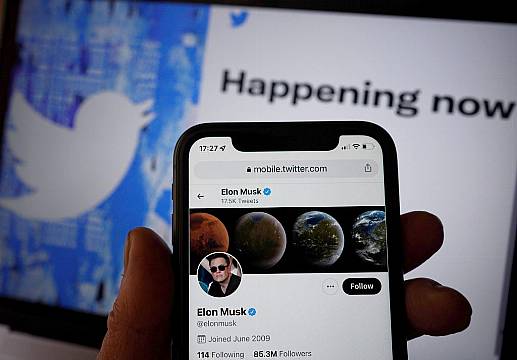Twitter has failed to take legacy blue checkmarks off the social media platform after it committed to remove them on April 1st.
The business, led by billionaire owner Elon Musk, has also confused many people by making older verified users indistinguishable from those who have paid for the checkmark.
It comes after Mr Musk said last month that legacy verified Twitter users would see their blue ticks removed from the service unless they paid an $8 (€9.64 for Irish users) monthly fee to its Twitter Blue subscription operation.
Organisations would have to pay $1,000 (€1,168.50) a month to receive a gold verification tick.
Oh ok, we’ll take it off then
Advertisement— Elon Musk (@elonmusk) April 2, 2023
As a result, thousands of the platform’s high-profile users were braced to lose the ticks, which can help verify their identity and distinguish them from impostors.
But the legacy blue ticks have remained in place despite the expected removal on April 1st.
Twitter has however removed the blue tick from the main account of the New York Times, the news organisation which has particularly angered Mr Musk. The newspaper said it would not pay for verification.
“We aren’t planning to pay the monthly fee for checkmark status for our institutional Twitter accounts,” the publication said in a statement on Sunday.
“We also will not reimburse reporters for Twitter Blue for personal accounts, except in rare instances where this status would be essential for reporting purposes.”
In response, Mr Musk said he would therefore remove the checkmark.
The Washington Post reported last week that efforts to remove legacy blue ticks could take a long time due to significant manual elements in the process.
Meanwhile, the social media platform has made it harder to distinguish between legacy checkmarks and those which have been paid for.
Some legacy verified Twitter accounts now have a description which reads: “This account is verified because it’s subscribed to Twitter Blue or is a legacy verified account.”
Previously, these accounts had messages which read: “This is a legacy verified account. It may or may not be notable.”







